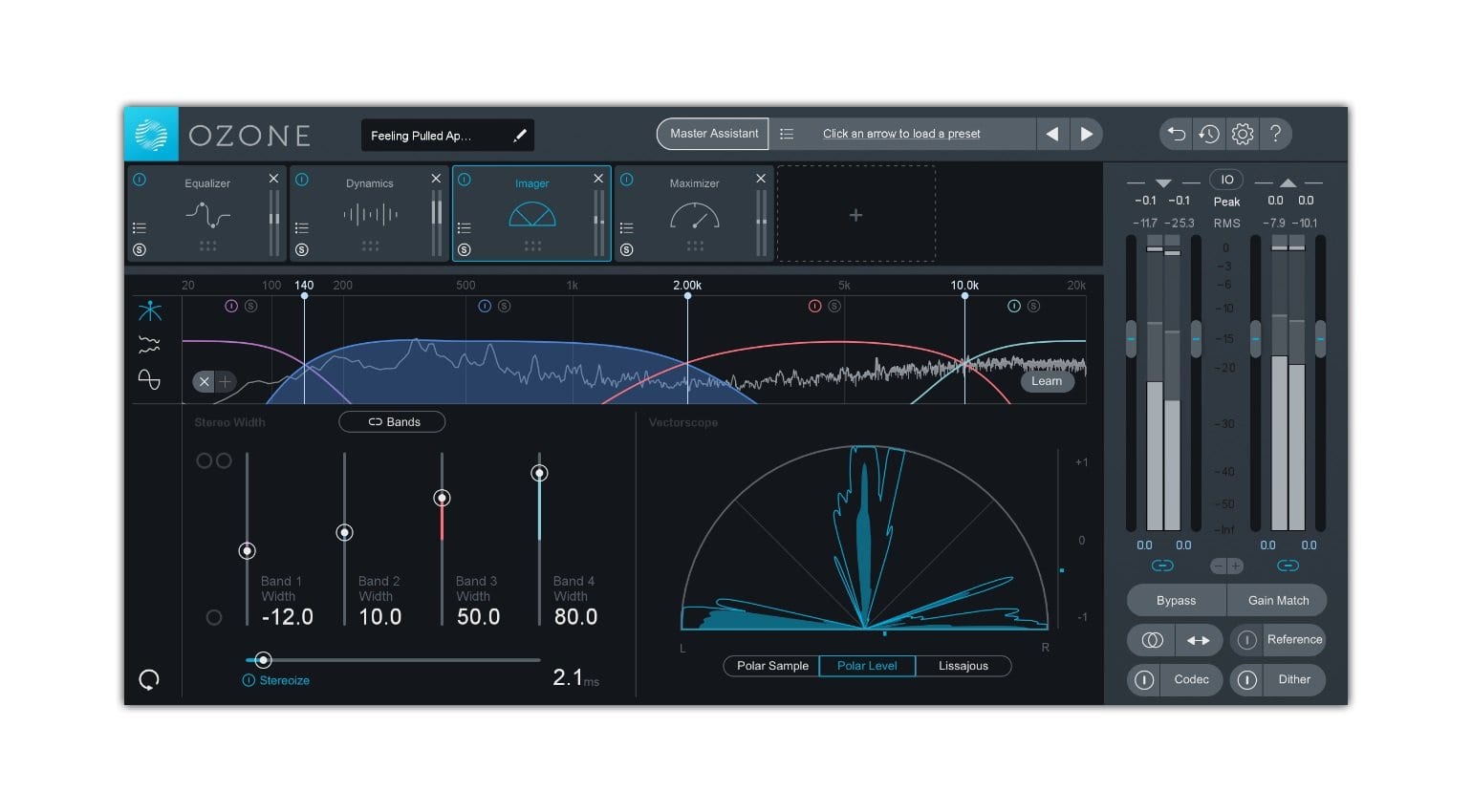

Some of these filters are so powerful, colorful, and ready to be pushed that I often found myself using just one or two of them to dramatically reshape tones. But what really impressed me most about this section were the filter modulations.

There are even a couple of “vocal” filters than can give vowel-like tone and texture to your sounds The filter types are organized under names like “vintage”, “screaming” “clean”, and “saturated”, not one of which is misleading. You could, for instance, combine the low-pass filter of a vintage synthesizer with the low-shelf curve of a Pultec, and then add a midrange boost with one of the cleanest-sounding peaking filters you’re likely to hear. Each of the bands can be assigned a filter curve from a list of more than 20 varieties. I’d even say that you could just as easily call this “a filter plugin”.Įach of Trash’s filters offer six bands.

Of course, you can move them anywhere in the chain that you like, or even arrange them in parallel rather than in series, if you prefer.įor me, this was among the most powerful and the most fun parts of Trash 2. They are identical, and by default they appear both directly before and after the distortion module. It’s also worth noting that you can load your own samples, or even increase the maximum sample time of this section (provided you’re not too worried about CPU load) turning Trash into a convolution reverb unit on steroids. The library comes packed with more than 100 IRs, dominated by things like guitar speakers, snare drums, wooden cabinets, and everyday household objects. There’s even a whole section of impulse responses culled from human vowel sounds and animal noises.Įver wonder what that bass guitar would sound like re-interpreted through the snorts of a pig? Neither have I, but now we can find out. In order to lighten the CPU load (and to focus on what Trash does best) this plugin is loaded up with very short impulse responses that radically reshape tone rather than add long reverb tails. The other uncommon component in Trash 2 is the “Convolve” section. It is a convolution or “impulse response” filter – the very same type of processing employed by many of today’s best software reverbs. If you were so inclined, you might give your low end a little bit of subtle tube grit, while your high-end gets some tape-like saturation and your midrange is pulverized into smithereens of granular white noise.Īlternately, you could choose to saturate only a single band, for instance the high-end, effectively turning the Trash section into an aural exciter. It offers the option to click and drag in order to create your own personal non-linearities, or to even assign different types of overdrive to each frequency band.


 0 kommentar(er)
0 kommentar(er)
